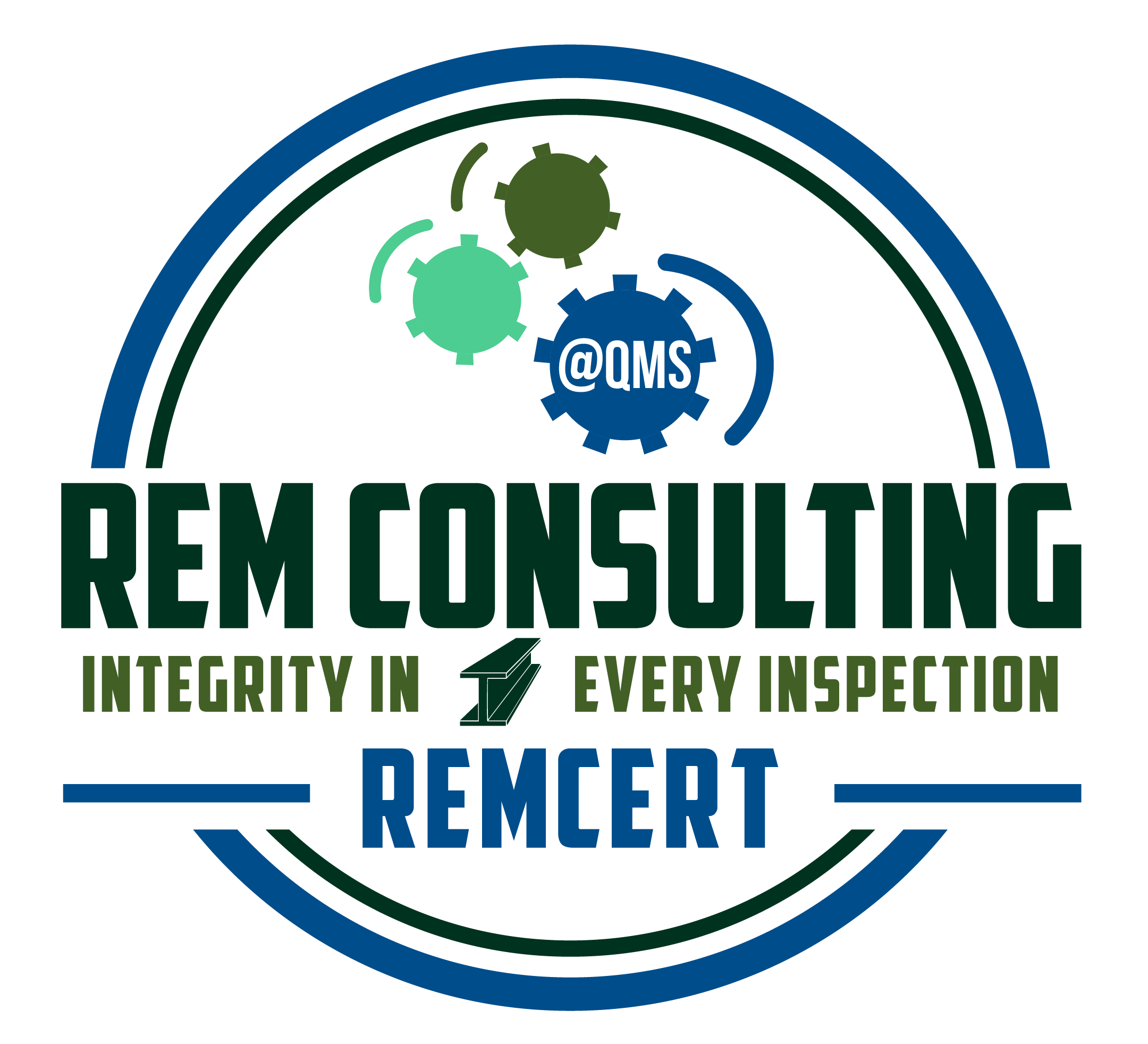Workplace safety is a critical concern in industrial projects, where hazardous conditions, heavy machinery, and complex operations create significant risks. On-site safety personnel play a vital role in identifying hazards, enforcing regulations, and preventing accidents. Their presence not only ensures compliance with industry standards but also fosters a culture of safety that protects workers and improves overall efficiency.
1. Identifying and Mitigating Hazards
One of the primary responsibilities of on-site safety personnel is to proactively identify potential risks before they lead to accidents. Industrial environments often involve moving equipment, elevated workspaces, and hazardous materials, making it crucial to recognize and address dangers.
Solution: Safety personnel conduct routine inspections and risk assessments to pinpoint hazards. They implement corrective measures, such as improved signage, barriers, and safety protocols, to reduce risks. Their vigilance ensures that potential threats are mitigated before they cause harm.
2. Enforcing Safety Regulations and Compliance
Industrial sites must comply with safety regulations set by organizations such as OSHA, ASME, and AWS. Failure to adhere to these standards can result in fines, project delays, and serious workplace injuries.
Solution: On-site safety personnel ensure that all workers follow legal and regulatory requirements. They monitor compliance with safety protocols, conduct audits, and provide immediate feedback when violations occur. Their presence encourages workers to adhere to best practices, reducing the likelihood of safety breaches.
3. Providing Immediate Response to Emergencies
Accidents can happen even in the safest environments. When they do, a quick and effective response is crucial in minimizing damage and preventing further harm.
Solution: On-site safety personnel are trained in first aid, emergency response, and evacuation procedures. Their ability to act swiftly in crisis situations, whether it’s a fire, equipment malfunction, or medical emergency, can prevent minor incidents from escalating into major disasters.
4. Conducting Safety Training and Drills
Many workplace accidents result from a lack of safety awareness or improper handling of equipment. Employees who are not well-trained may unknowingly put themselves and others at risk.
Solution: Safety personnel provide ongoing training sessions and safety drills to ensure that all workers are equipped with the knowledge and skills to navigate risks. Regular drills for fire safety, hazardous material handling, and emergency evacuations improve preparedness and response times.
5. Reducing Downtime and Increasing Productivity
Unsafe work environments often lead to injuries, project delays, and increased costs. Every accident or safety violation disrupts productivity and affects overall project timelines.
Solution: By maintaining a strong safety culture, on-site personnel help minimize workplace incidents, reducing downtime caused by accidents. Their proactive risk management strategies keep operations running smoothly and ensure that productivity is not compromised due to safety concerns.
Ending Thoughts
On-site safety personnel play a crucial role in reducing risks and maintaining workplace safety. Through hazard identification, compliance enforcement, emergency response, and worker training, they create a secure environment that enhances efficiency, minimizes accidents, and ensures long-term project success.


